It’s 1954, the middle of the cold war,
and the Vietnam war has just started to heat up. As a species we have just unlocked the power the Sun (atomic fusion) and detonated the first hydrogen bomb. At the same time we have uncovered the double helix structure of DNA, The Eli Lilly Company in Indianapolis just began manufacturing LSD and the precursors to the 1960’s consciousness movement are in full force. Big questions are being asked about the nature of reality, and it is this question that captures the curiosity of a brilliant physician, neuroscientist and clinical psychologist named Dr. John C Lilly.
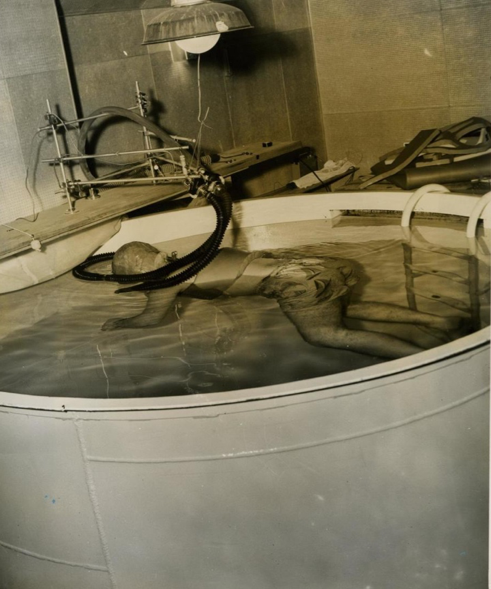
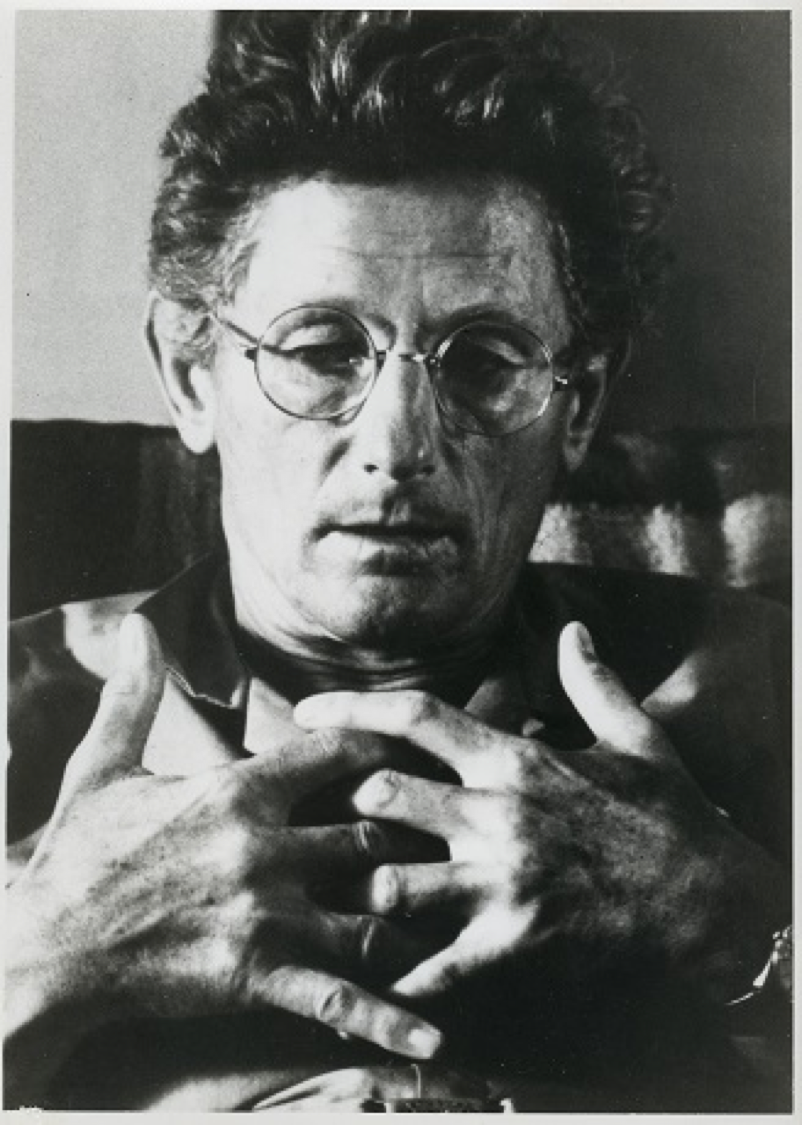

What is conciousness?
As a scientist, Lilly thought the best way to test consciousness was isolate it. He thought if he could reduce stimulus coming into the nervous system down to as close to nothing as possible, then he might free his mind from the shackles of the body and perhaps even access consciousness directly. So while the military was studying “Sensory Deprivation” as a way to control the mind, Lilly was studying it as a way to free the mind.
Without input into our nervous system from the outside world, scientists didn’t know how our consciousnesses would be affected. Some people even thought that if stimulus coming into your nervous system is reduced, you would immediately fall asleep, go in to a coma or even die!
Lilly didn’t believe any of that so he took an old navy diving tank, heated the water to what he called “skin receptor neutral”, blacked out a diving bell and used himself as the guinea pig. Initially he thought he was going to panic or go mad, but much to his surprise he found that he actually felt very relaxed, even euphoric and started giggling to himself. This wasn’t at all what was “supposed” to happen. Puzzled by his findings he started further research on what came to be known as R.E.S.T. or Restricted Environmental Stimulation Technique.
And so the floatation tank was born. The goal of a properly calibrated floatation environment is to effectively eliminate the need for the nervous system and associated areas of the body and brain to process outside information. Call it what you want, stimulus, sensation, input, data, it all comes in through your senses of sight, sound, touch, taste and smell.
Great explainer from our friends at FLOAT House.
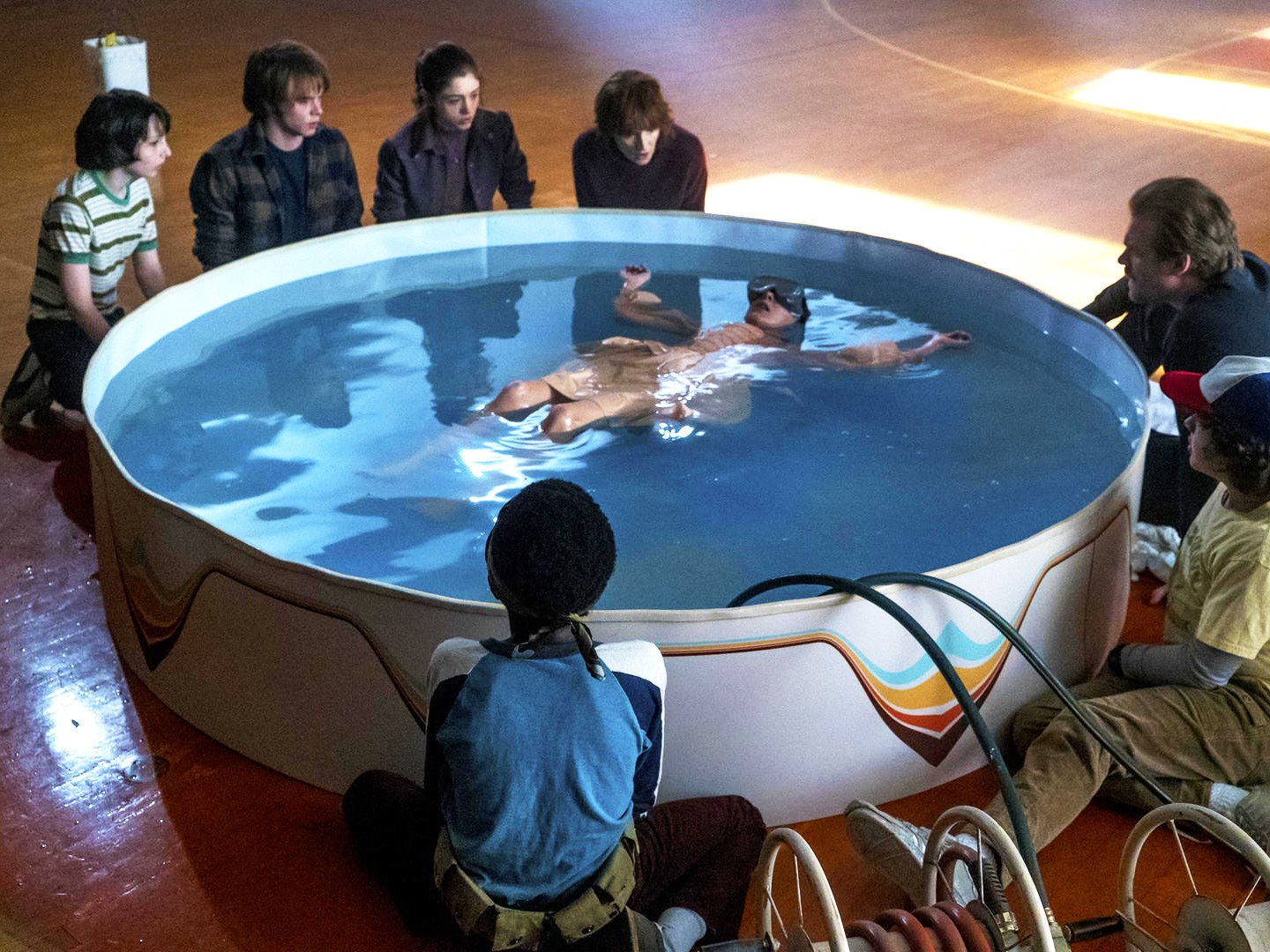
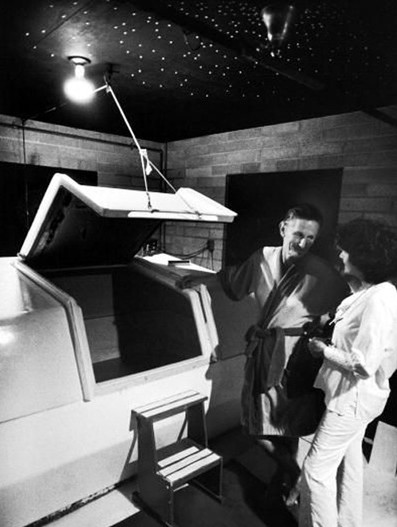
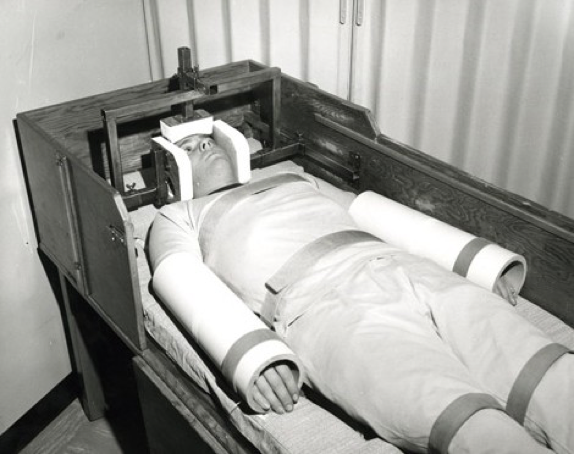
The idea is that if you can essentially turn these dials down to 0, you could understand if the true nature of our consciousness is a manifestation of our interaction between our senses and the outside world, or whether it’s something intrinsically within us regardless of external input. Could it be that there is a “passenger” riding somewhere within us that is not dependent on the outside world to bring it to life and that it uses constructs of the self and physical body as conduits to manifest itself outwardly into the world? (Whoa, Deep!) These are big questions that plague scientists, philosophers and theologians to this day.
The tank went through many iterations before finally settling on the Epsom Salt float tank that we enjoy today. Modern float tanks use this same skin receptor neutral temperature (approx 93.5-94.5F or 34.2-34.7C) for the solution and air. Being the same temperature as your skin and below body temperature, you can stay in the environment for long periods of time while remaining extremely comfortable. The float solution also isn’t water, but rather a very dense, buoyant solution comprised of over 850lbs of Epsom Salt and water. The idea being that the extreme buoyancy of the solution induces a sensation of weightlessness which eliminates pressure points on your body, elongating joints and improving circulation. Well-designed float environments also contain adequate sound proofing to keep outside noise at bay, further encouraging a sense of going inward as the audible sensations of your heartbeat and breath become apparent.
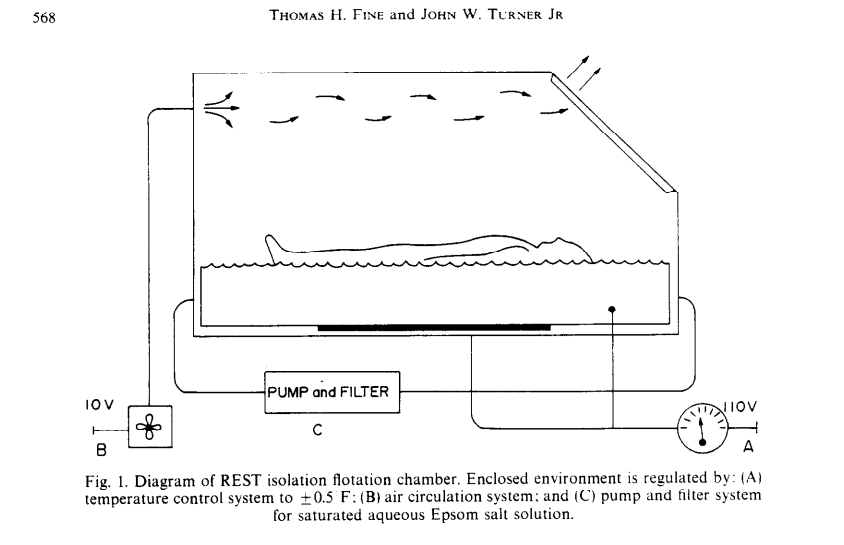
What Lilly discovered was that this environment was deceivingly difficult to create perfectly and consistently and must be calibrated properly to induce the full effects. The person also has to have complete free will over their environment (something early researchers did not) and that a person’s exposure time and frequency to the environment also played a role in the experience itself (meaning going for 30 minutes just won’t have near the same impact as going for 90 and going once a week versus once a year also has a great impact on the experience as well). So although simple in nature, the float environment had a lot more to offer than what showed on the surface (literally). Starting in the mid 1970s with the commercialization of the first floatation tank all the way to today, floatation therapy has had a very colourful history and there are still dedicated researchers studying the effects of the float environment on the mind and the body.
We always say, Float Tanks are a tool used for many different reasons, but regardless of what first brings someone in, one of the main reasons people keep coming back to the tank is their desire to dive deep into their own consciousness which is where it all began.
New to floating? Our Intro Pack is buy 2 get 1 Free
Shop HereHave questions? Check out our FAQs
and learn more about the benefits of floating FAQsBenefits of FloatingRelated Articles
Related
Theta State_ How the Brain Signals Relaxation
What’s happening to your brain when you float? How do you go from being awake, conscious, and stressed to relaxed and dreamy? While we still have a lot to discover when it comes to different states of consciousness, one key element is the “Theta State,” when our brain waves operate at a certain frequency most often linked to the moments between sleep and wakefulness.
Improving Athletic Performance with Floating
Here’s a sports trivia question for all our athletically-inclined readers:
What do the Dallas Cowboys, the Golden State Warriors, the Chicago Cubs, The Manchester United Football Club, and Michael Phelps all have in common?
Floating, Meditation, and Mindfulness
Floating removes you from the outside world and gives your mind the freedom to wander wherever it wants to go. When you float, you don’t have anything you need to do.
Mindfulness is often associated with meditation, and floating is often described as “meditation with training wheels.” Floating makes the benefits of mindfulness much more accessible to people who may find meditation difficult to get into. It also enhances the meditative experience for people who are well practiced in meditation.

Follow Us
Join
Subscribe For Updates & Offers
We enjoy educating on floating and other wellness related topics. You may also get the occassional deal as well 🙂

